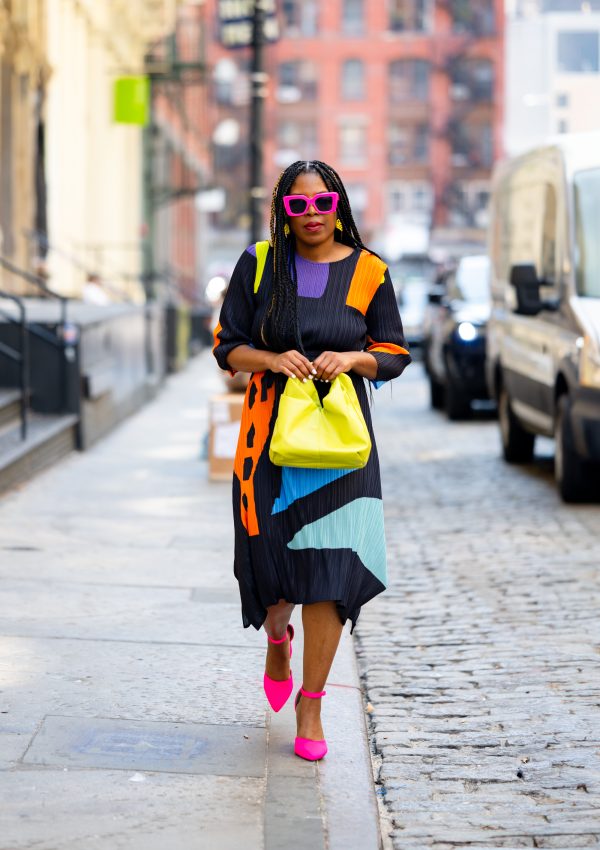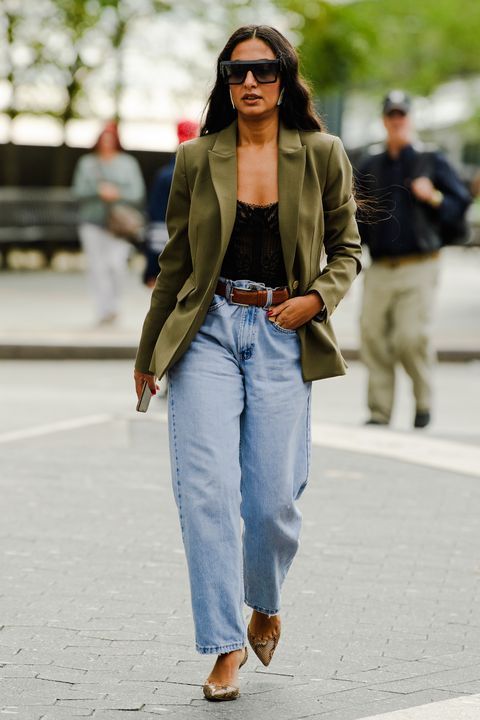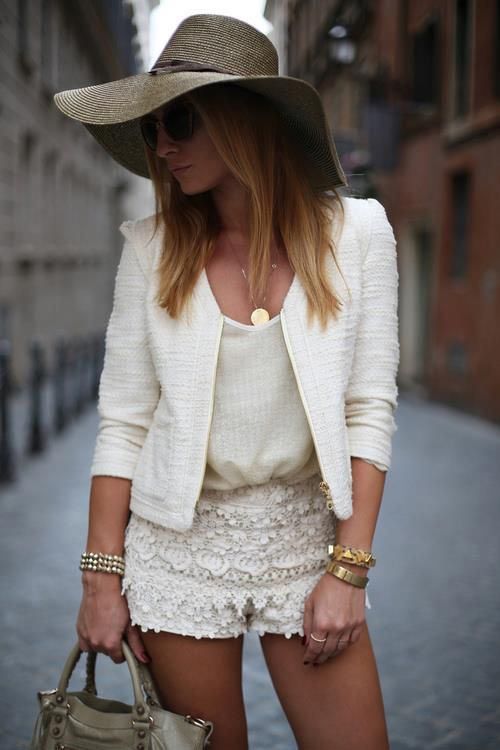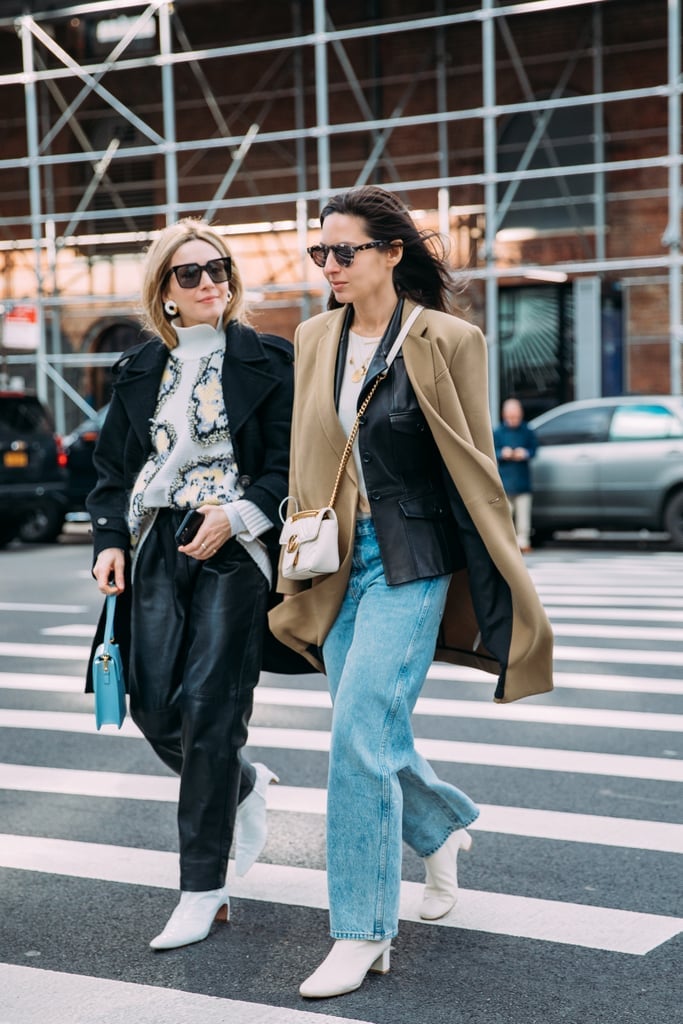

Table of Contents
Introduction
In Chic Chronicles the ever-evolving landscape of fashion, trends are not merely fleeting whims; they are intricate narratives woven from culture, history, and personal expression. “Chic Chronicles: The Trend Story” explores the art of storytelling in fashion, illustrating how these narratives shape our understanding of style and identity. This blog will delve into the significance of storytelling in fashion, the techniques that brands employ to engage their audiences, and how consumers can craft their own style narratives.
The Essence of Fashion Storytelling
At its core, fashion storytelling is Chic Chronicles
about more than just clothing; it’s about the stories behind the designs. Each garment Chic Chronicles carries a narrative that reflects the designer’s vision, cultural influences, and emotional connections. This storytelling aspect is crucial in creating meaningful relationships between brands and consumers.
The Power of Narrative
Narratives in fashion serve multiple purposes:
Connection: They help consumers connect emotionally with a brand or a piece of clothing. When a consumer understands the story behind a garment—its inspiration, its creation—they are more likely to feel a personal connection to it.
Identity: Fashion is a form of self-expression. By understanding the narratives behind their clothing choices, individuals can convey their identities and values through what they wear.
Engagement: Compelling stories engage audiences and encourage them to become part of the brand’s journey. This engagement fosters loyalty and community around shared values and aesthetics.


Techniques for Effective Fashion Storytelling
To effectively convey narratives, fashion brands employ various storytelling techniques that Chic Chronicles resonate with their audience. Here are some key methods:
- Narrative-Driven Product Descriptions
Gone are the days when product descriptions were merely lists of fabric and fit. Today, brands craft Chic Chronicles narrative-driven descriptions that tell a story about each item. For example, instead of simply stating that a dress is made from silk, a brand might describe how the fabric flows elegantly with movement, inspired by the grace of nature or a specific cultural heritage. This approach transforms mundane shopping tasks into immersive experiences that captivate consumers’ imaginations1.
- Behind-the-Scenes Insights
Offering behind-the-scenes glimpses into the design process creates transparency and authenticity. Brands can share stories about material selection, craftsmanship, and the challenges faced during production. This not only highlights the quality of their products but also fosters appreciation for the artistry involved in creating each piece12.
- Designer Interviews
Interviews with designers provide unique insights into their creative processes and inspirations. These conversations humanize brands and allow designers to share their personal stories directly with consumers. By understanding the motivations behind collections, consumers can develop a deeper appreciation for the garments they choose to wear13.
- Visual Storytelling
Visuals play a crucial role in fashion storytelling. High-quality photography and videography can evoke emotions and create immersive experiences that resonate with audiences. Brands often use striking imagery to showcase their collections while conveying themes such as empowerment, nostalgia, or adventure67.
Example: Campaigns That Resonate
Consider how brands like Gucci or Dior use visually rich campaigns to tell stories about their collections. Through carefully curated visuals that align with specific themes—be it fantasy, rebellion, or elegance—they create an emotional connection with their audience.
Engaging Consumers Through Authentic Narratives
In today’s digital age, consumers seek authenticity and meaningful experiences from brands. Fashion storytelling provides an avenue for brands to engage on a personal level.
- Community Engagement
Brands can foster community by encouraging consumers to share their own stories related to Chic Chronicles specific garments or collections. This can be achieved through social media campaigns or contests that prompt users to showcase how they style particular pieces in their everyday lives3. Such initiatives not only amplify brand narratives but also create a sense of belonging among consumers.
- User-Generated Content
Encouraging user-generated content allows consumers to become active participants in the brand’s story. When customers share photos of themselves wearing a brand’s clothing along with personal anecdotes or experiences tied to those pieces, it creates an authentic narrative that resonates with others4. This approach not only builds trust but also enhances the brand’s image as one that values its community.
The Role of Cultural Influences in Fashion Narratives
Fashion does not exist in isolation; it is influenced by cultural movements, societal changes, and historical contexts. Understanding these influences enriches our comprehension of current trends.
Cultural Exchange
Fashion is often at the forefront of cultural exchange. Designers draw inspiration from Chic Chronicles various cultures—whether through traditional textiles, patterns, or silhouettes—and reinterpret them within contemporary contexts. This fusion creates unique narratives that celebrate diversity while promoting cross-cultural appreciation.
Example: The Kimono Influence
The kimono has become an iconic symbol in global fashion, inspiring countless designers who incorporate its elements into modern collections. By doing so, they not only pay homage to Japanese culture but also invite discussions about cultural appropriation versus appreciation5.
Social Movements
Social movements significantly impact fashion narratives as well. The rise of sustainability as a trend reflects growing consumer awareness regarding environmental issues and ethical practices within the industry2. Brands that prioritize sustainable practices weave these values into their narratives, appealing to conscious consumers who seek authenticity in their purchases.


Crafting Your Own Fashion Narrative
As consumers become more aware of storytelling in fashion, they can also curate their own narratives through personal style choices.
- Define Your Personal Style
Understanding your personal style is essential for crafting your narrative:
Reflect on Inspirations: Consider what inspires you—art, music, culture—and let those Chic Chronicles elements guide your wardrobe choices.
Embrace Versatility: Choose pieces that can be mixed and matched to create various looks while telling different stories.
Invest in Timeless Pieces: Quality over quantity is essential; invest in classic items that transcend trends.
- Document Your Style Journey
Keeping track of your style evolution can help you understand how your identity influences your wardrobe choices:
Create a Style Journal: Document your outfits over time along with reflections on why you chose them.
Engage on Social Media: Share your outfits on platforms like Instagram or TikTok while narrating your style journey through captions or videos.
- Celebrate Diversity in Personal Style
Fashion is an expression of individuality; celebrating diverse styles enriches your narrative:
Incorporate Heritage Elements: Infuse elements from your cultural background into your wardrobe.
Experimentation: Don’t hesitate to try new styles; exploration leads to discovery!


The Historical Context of Fashion Trends
Understanding the historical context of fashion trends provides valuable insights Chic Chronicles into why certain styles resonate at specific times. Fashion is a reflection of societal values, technological advancements, and cultural shifts.
The Influence of Historical Events
Throughout history, significant events have shaped fashion trends. For example:
The Roaring Twenties: Following World War I, the 1920s saw a dramatic shift in women’s fashion. The liberation movement led to shorter hemlines, bobbed haircuts, and a more relaxed silhouette as women embraced newfound freedoms. This era celebrated jazz music and flapper culture, which influenced bold styles characterized by glitz and glamour.
Post-War Fashion: After World War II, there was a return to femininity with Christian Dior’s “New Look,” which emphasized hourglass figures and luxurious fabrics. This shift reflected a desire for normalcy and elegance after years of wartime austerity.
The 1960s Counterculture: The rise of youth culture in the 1960s brought about radical changes in fashion. Styles became more eclectic, with influences from various subcultures like mod, hippie, and punk. This era celebrated individuality and self-expression through bold prints, vibrant colors, and unconventional silhouettes.
Revisiting Past Trends
Fashion often revisits past trends, reinterpreting them for contemporary audiences. For instance, Chic Chronicles the resurgence of 90s grunge in recent years reflects nostalgia among millennials and Gen Z. Designers are drawing inspiration from iconic looks—think oversized flannel shirts paired with combat boots—while infusing modern elements to create fresh takes on these styles.
The Influence of Technology on Fashion Storytelling
Technology has revolutionized how fashion narratives are created and consumed. From e-commerce to social media, technological advancements have transformed the industry in profound ways.
E-Commerce Revolution
The rise of e-commerce has made fashion Chic Chronicles more accessible than ever. Online shopping platforms allow consumers to explore vast collections from around the world without leaving their homes. This accessibility has led to:
Diverse Choices: Consumers can discover niche brands that align with their values and aesthetics.
Global Trends: Fashion trends can spread rapidly across borders as consumers share their finds on social media.
Virtual Reality and Augmented Reality
Emerging technologies like virtual reality (VR) and augmented reality (AR) are enhancing the shopping experience:
Virtual Try-Ons: Brands like War by Parker and Sephora use Chic Chronicles AR technology to allow customers to virtually try on glasses or makeup before purchasing. This innovation not only enhances convenience but also helps consumers visualize how products will look on them.
Immersive Fashion Shows: Virtual reality experiences enable consumers to attend fashion shows from anywhere in the world. Brands can create immersive environments that showcase their collections while telling compelling Chic Chronicles stories about their inspirations.
Influencers and Micro-Influencers
The rise of social media influencers has democratized fashion influence:
Relatable Style: Influencers often showcase relatable outfits that appeal to everyday consumers. Their authenticity fosters trust among followers who seek inspiration from someone who embodies a similar lifestyle or aesthetic.
Niche Markets: Micro-influencers—those with smaller but highly engaged followings—can effectively target niche markets. Their unique perspectives allow them to create tailored content that resonates deeply with specific audiences.
Conclusion
Weaving Together Stories Through Fashion
“Chic Chronicles : The Trend Story” emphasizes that fashion is not just about clothing; Chic Chronicles it is an intricate tapestry woven from countless narratives—each thread representing an individual’s journey, cultural heritage, or societal change. As trends evolve and new stories emerge, we must recognize our role as both consumers and storytellers within this dynamic land scape. By embracing our unique narratives while appreciating those around us, we contribute to a broader dialogue about identity, culture, and self-expression through fashion.
Whether we’re donning vintage finds or supporting sustainable brands, let us celebrate the power of storytelling in shaping our wardrobes—and ultimately our lives—in meaningful ways. As we navigate this ever-changing world of fashion together, remember Chic Chronicles that every outfit tells a story; make yours one worth sharing! In this vibrant realm where creativity meets culture, let us continue weaving our chic chronicles—one trend at a time!
